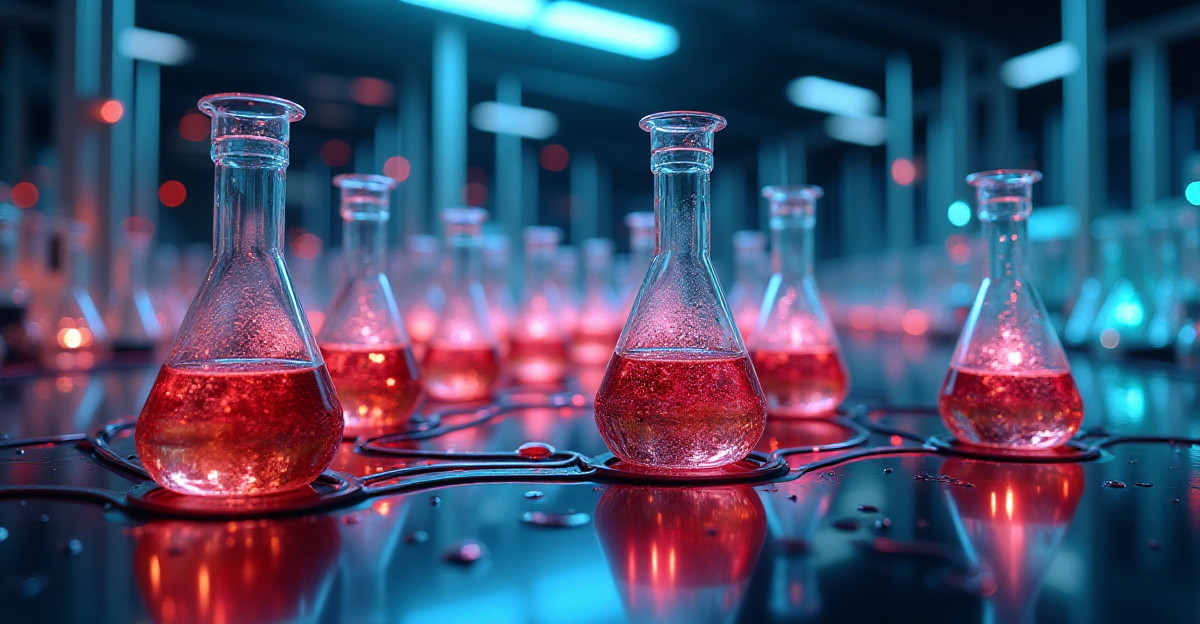Chemical Clocks: Synchronizing Reactions Across Global Networks

Chemical clock synchronizing studies are a newly developed discipline that investigate how precisely timed chemical reactions can be coordinated over large distances. By means of my investigations in reaction dynamics, I have explored how chemical oscillators might generate coordinated networks of reactions. These systems show amazing capacity to preserve temporal coordination free of direct physical ...
Read More










